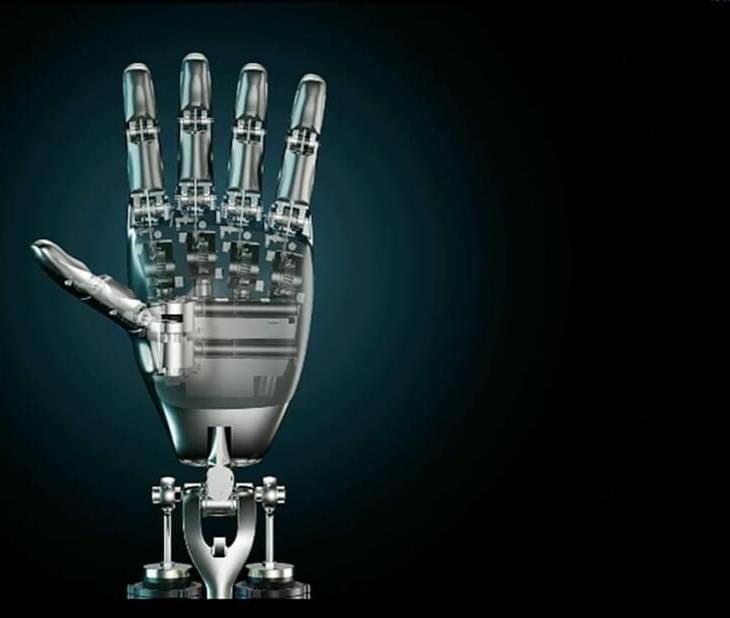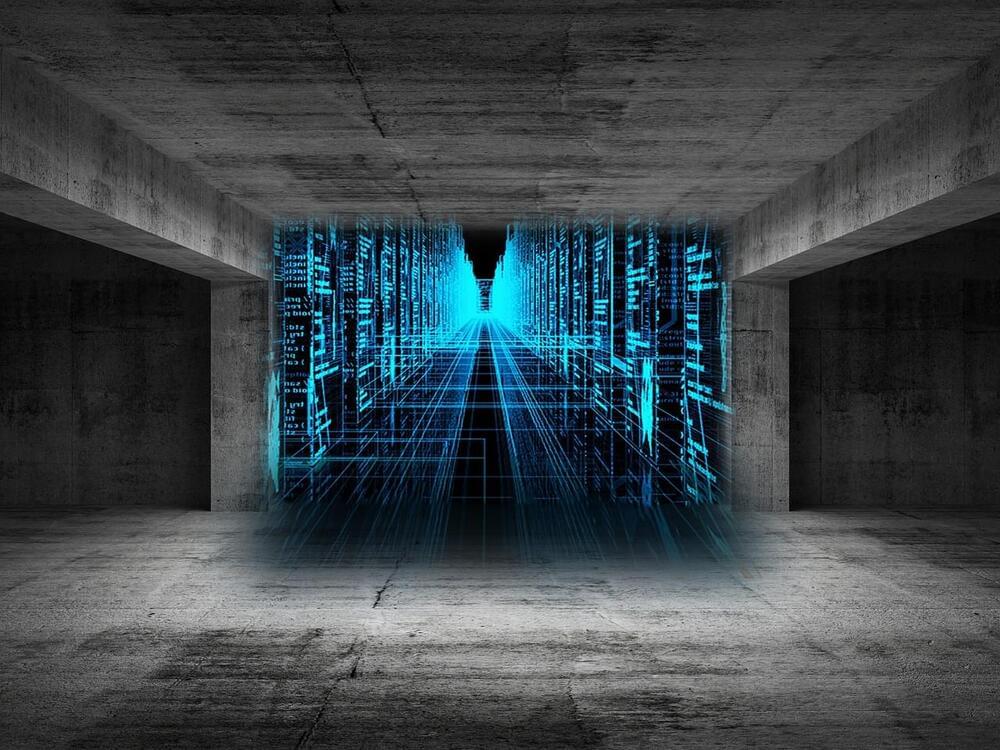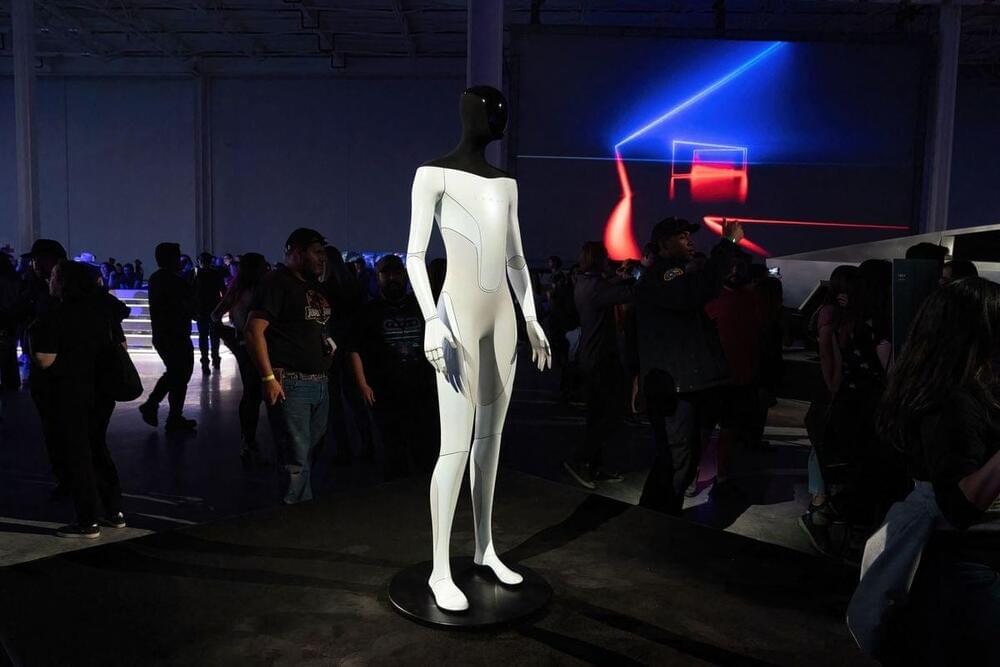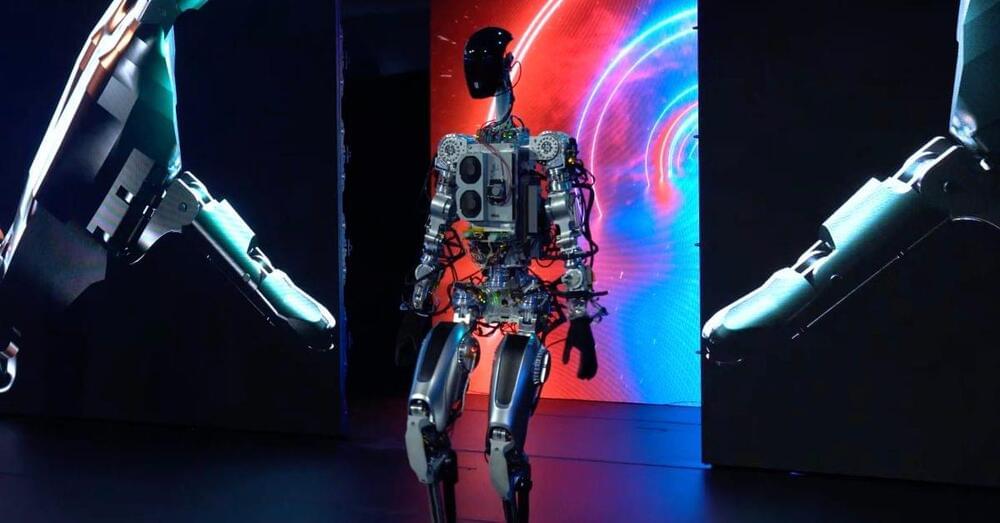There was in-depth engineering rundowns as Musk asks AI experts to join Tesla and help build a better society.
Tesla AI Day 2022 explored the processes required to mimic the human, driver and worker. The autonomous robot and car were laid out in detail, from an engineering point of view. Elon Musk, the CEO of Tesla, opened the event, and laid out this event’s main focus, including the public in the Tesla projects, especially Optimus Tesla Bot.
The Optimus project begun in April 2022, with a concept of a fully autonomous humanoid robot, that is mass-produced and inexpensive enough that it is accessible to the average person.
Musk introduced the project lead engineer and her assistants.
Tesla.


 עברית (Hebrew)
עברית (Hebrew)

